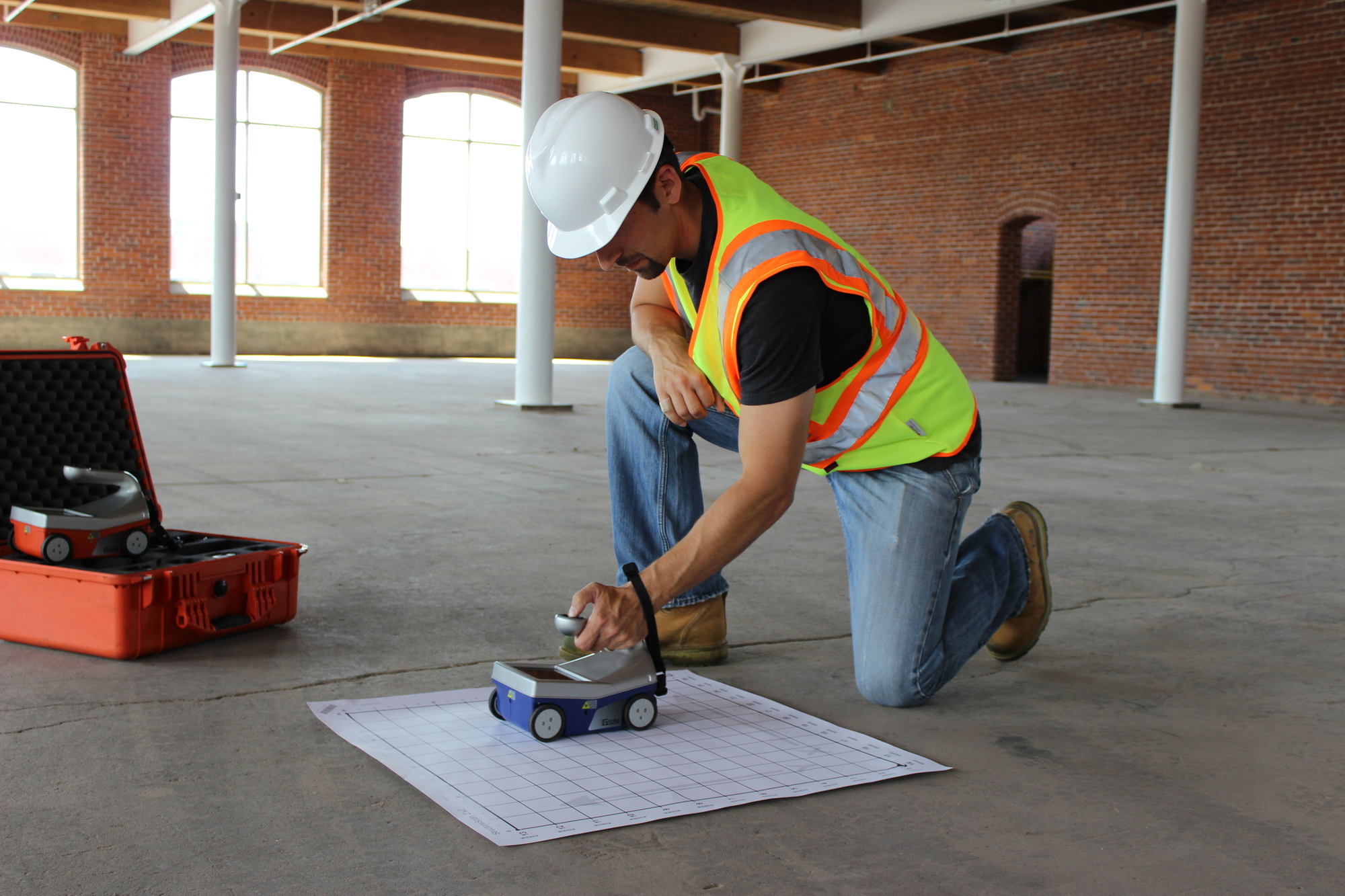Concrete Scanning: An Important Step In The Direction Of Making Certain Architectural Integrity and Safety
In the world of construction and framework upkeep, the relevance of concrete scanning can not be overstated. By using sophisticated technology and methods, concrete scanning offers as a pivotal tool in making certain that the honesty and safety of structures and bridges are upheld to the highest possible criteria.
Value of Concrete Scanning
Concrete scanning plays a critical duty in guaranteeing the structural stability and security of structures and framework projects. By utilizing sophisticated innovations such as ground-penetrating radar (GPR) and electro-magnetic induction, specialists can non-destructively inspect concrete frameworks to discover potential defects, voids, ingrained things, and reinforcement layout. This procedure enables very early discovery of abnormalities that could compromise the stability of a structure, stopping pricey problems and guaranteeing the safety and security of residents.
Prior to boring, cutting, or coring into concrete, scanning aids identify the precise areas of rebar, post-tension cables, and various other embedded components, reducing the risk of unintentional hits that could lead to structural weaknesses. In addition, concrete scanning help in high quality control by validating the density of concrete covers and finding any kind of disparities that might impact the total resilience of the structure.
Innovation for Concrete Evaluation

Advantages of Early Discovery
Timely detection of architectural issues can significantly minimize risks and ensure the longevity of construction projects. By identifying possible troubles early in the construction procedure, stakeholders can take aggressive actions to resolve concerns prior to they escalate right into larger and much more pricey troubles. Among the essential advantages of very early detection is the avoidance of architectural failings, which can posture serious safety and security hazards and result in job delays and economic losses.
Moreover, very early discovery enables prompt fixings and upkeep, which can aid extend the lifespan of the structure. By attending to issues immediately, building and construction teams can stay clear of expensive repairs and even the requirement for early replacement of structural parts. This positive method not just saves money and time but additionally enhances the total safety and resilience of the construction job.
Furthermore, very early detection can boost task planning and decision-making by providing stakeholders with beneficial understandings into the problem of the structure. Equipped with this info, job supervisors can make enlightened choices regarding construction methods, materials, and timelines, causing much more efficient and effective job end results.
Making Certain Structural Security
Guaranteeing the structural security of a construction task is critical to its safety and long life. Architectural stability describes the capacity of a structure or facilities to preserve its form and function under different lots and ecological problems. To achieve this, comprehensive analysis and surveillance of the structure are important. Concrete scanning plays an important duty in making certain architectural security by discovering prospective concerns such as voids, delamination, or support rust that could compromise the integrity of the framework gradually. why not try these out
By making use of sophisticated scanning innovations like ground-penetrating radar (GPR) and electro-magnetic induction, construction specialists can non-invasively check concrete frameworks to determine areas of issue beneath the surface area. This positive method permits the very early detection of weak points or problems, making it possible for prompt fixings or support to avoid structural failings.
Regular concrete scanning throughout different building and construction stages and throughout the life cycle of a structure can assist keep its security, minimize risks, and make sure the safety of owners. By focusing on structural security through concrete scanning, building projects can boost their durability and longevity, ultimately adding to higher safety and security and longevity.

Stopping Important Failures
To safeguard against tragic occasions, careful monitoring and positive maintenance are imperative in preventing vital failings within architectural structures. Spotting possible issues before they rise is essential to avoid structural failings. Applying routine inspections, such as concrete scanning, can expose surprise issues like voids, fractures, or corrosion that might endanger the honesty of a framework. By using sophisticated scanning technologies like Ground Passing through Radar (GPR) or Concrete X-ray, designers can non-destructively evaluate the condition visit their website of concrete internet and determine weak points that need support or fixing - RainierGPR Service Areas.

Conclusion
To conclude, concrete scanning plays an important function in guaranteeing architectural stability and safety by using innovative innovation for very early detection of possible problems. This aggressive method helps prevent critical failings and guarantees the stability of frameworks. It is necessary to prioritize concrete evaluation as a typical practice to secure the durability and safety and security of buildings and infrastructure.
Concrete scanning plays an essential duty in guaranteeing the structural honesty and security of buildings and facilities jobs. Additionally, concrete scanning help in high quality control by validating the thickness of concrete covers and identifying any inconsistencies that might impact the total resilience of the structure. Concrete scanning plays a critical role in making sure structural security by detecting potential problems such as voids, delamination, or support rust that can jeopardize the stability of the structure over time.

In final thought, concrete scanning plays an essential function in guaranteeing architectural stability and safety by using innovative technology for early discovery of possible issues.